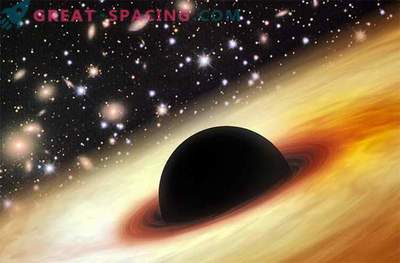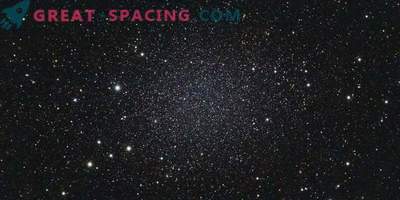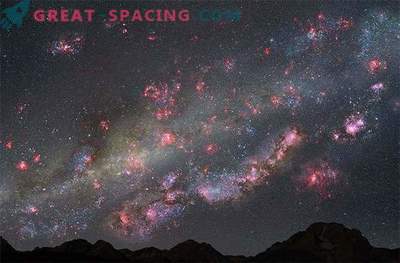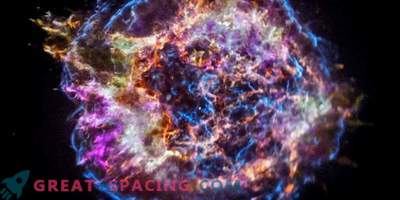
You might think that one of the least likely places where astronomers will learn something about the ancient Supernovae is at the bottom of the ocean. But scientists in new research did just that.
They went through a thorough analysis of the ocean sediment, tiny particles formed in outer space and settled on the ocean floor, thus blocking the chemical secrets of the Supernova processes, which otherwise would have remained a mystery.
A leading researcher at the Australian National University, Anton Wallner (Anton Wallner) said: “A small amount of debris from these far away explosions fall to Earth as it passes through the galaxy. We analyzed galactic dust formed over the past 25 million years, which had settled in the ocean, and found there are far fewer such heavy elements like uranium and plutonium than we expected. ”
Supernovae are strong explosions that occur at a time when large stars are nearing the end of their lives. When these powerful incidents occur, many elements are formed, including those that are so important for the development of life — for example, iron, potassium, and iodine.
However, as stated in a press release from the ANU (Australian National University), even heavier elements can be created (for example, lead, gold), as well as radioactive elements (for example, uranium and plutonium). But, at the same time, it seems that the processes of formation of the heaviest elements contradict the existing theory of astrophysics. Wallner and his team studied bottom sediment samples from a stable region of the Pacific Ocean floor. However, when measuring the amount of plutonium-244 in the sediment, a radioactive isotope produced by Supernovae, they found something strange in their results - the amount of plutonium-244 here was 100 times less than expected.
The half-life of plutonium-244 is 81 million years, making it an excellent indicator of the number of Supernovae that exploded nearby in the newest history of the Galaxy. Wollner said: “It turns out that any plutonium-244 that we found on Earth should have been created during the recent explosions — several hundred million years.”
But the fact that there are fewer recent deposits of the heaviest elements, despite the fact that, as we know, Supernovae flared next, allows us to assume that another mechanism is responsible for the formation of plutonium-244 and similar elements.
“In the end, it seems that these heavy elements could not be formed in a standard Supernova,” concluded Wollner. “Perhaps it took more rare and more powerful explosions, such as the fusion of two neutron stars, to form.”
This study was published in Nature Communications.











































